Paleo-Indians
Videos
Page
Paleo-Indians were the first peoples who entered and subsequently inhabited the Americas towards the end of the Late Pleistocene period. The prefix paleo- comes from the Ancient Greek adjective: παλαιός, romanized: palaiós, lit. 'old; ancient'. The term Paleo-Indians applies specifically to the lithic period in the Western Hemisphere and is distinct from the term Paleolithic.

The Paleo-Indians, also known as the Lithic peoples, are the earliest known settlers of the Americas; the period's name, the Lithic stage, derives from the appearance of lithic flaked stone tools.
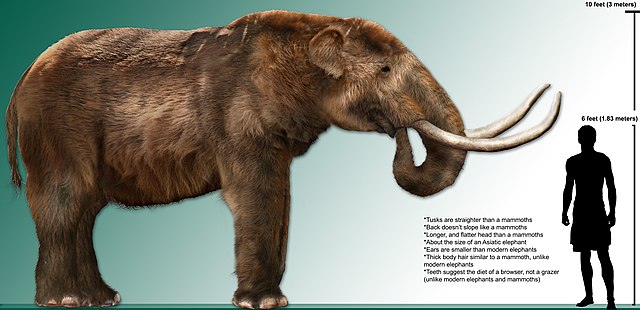
The Mammut americanum (American mastodon) became extinct around 12,000–9,000 years ago due to human-related activities, climate change, or a combination of both. See Quaternary extinction event and Holocene extinction.
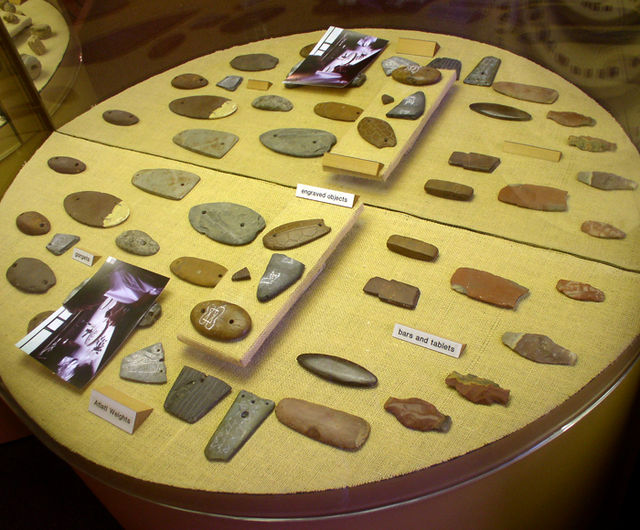
Atlatl weights and carved stone gorgets from Poverty Point
Indigenous peoples of the Americas
Videos
Page
The Indigenous peoples of the Americas are groups of people native to a specific region that inhabited the Americas before the arrival of European settlers in the 15th century and the ethnic groups who continue to identify themselves with those peoples.
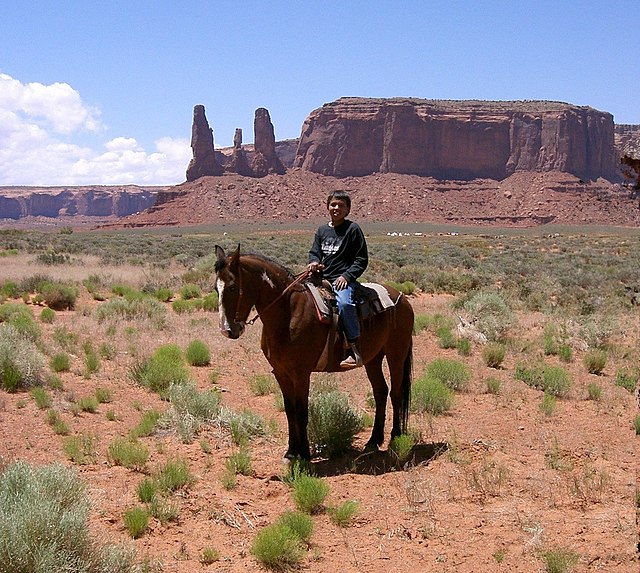
A Navajo boy in the desert in present-day Monument Valley in Arizona with the "Three Sisters" rock formation in the background in 2007

Wayuu women in the Guajira Peninsula, which comprises parts of Colombia and Venezuela
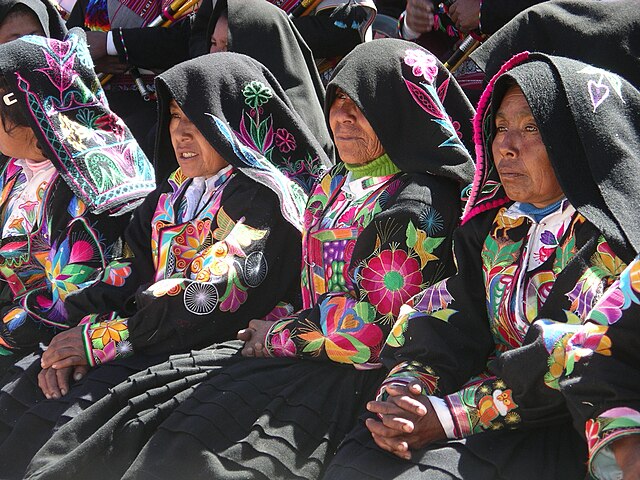
Quechua women in festive dress on Taquile Island on Lake Titicaca, west of Peru
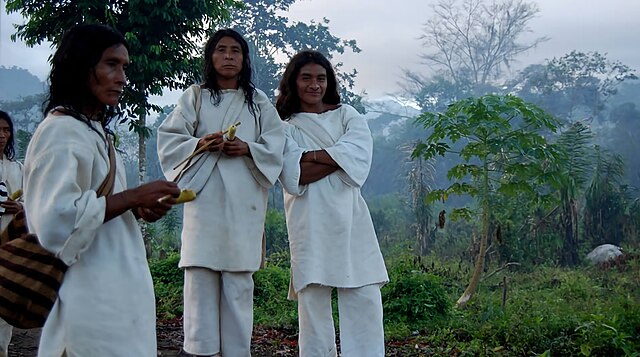
The Kogi, descendants of the Tairona, are a culturally intact, largely pre-Columbian era society.